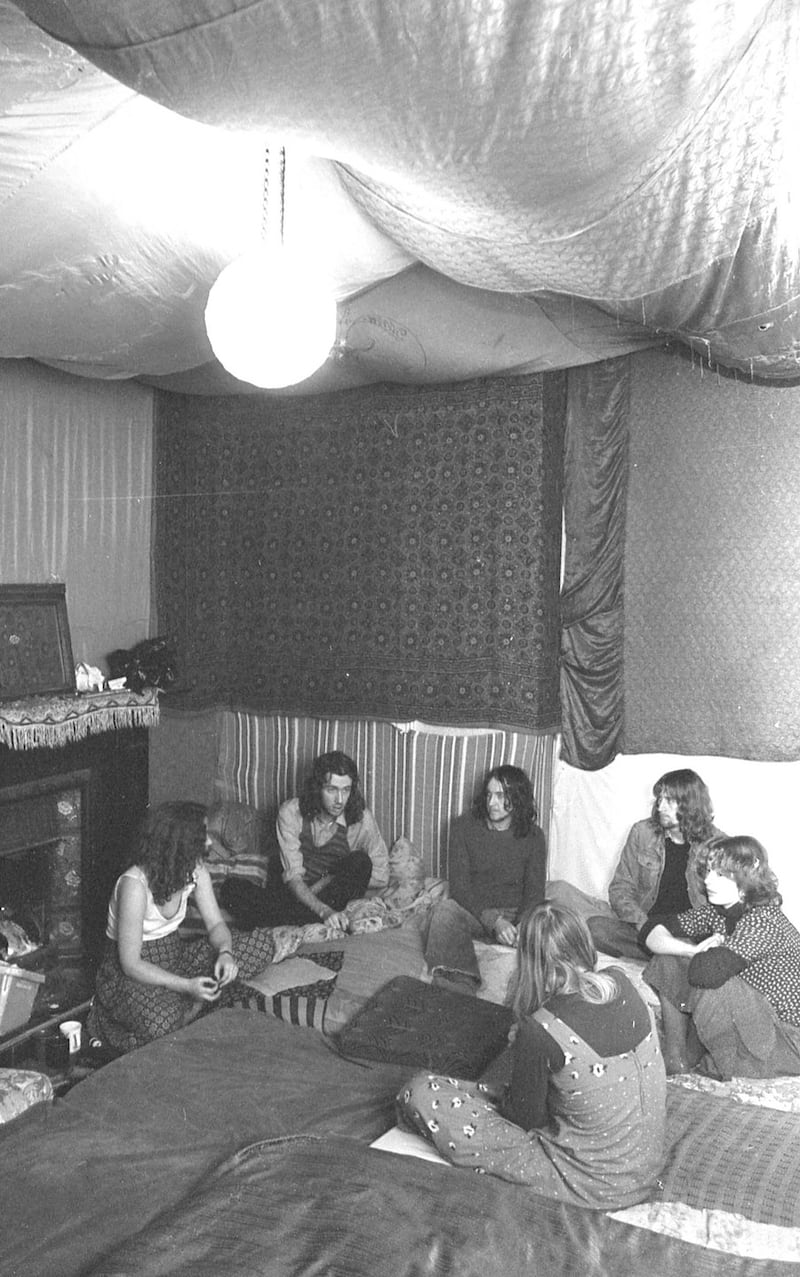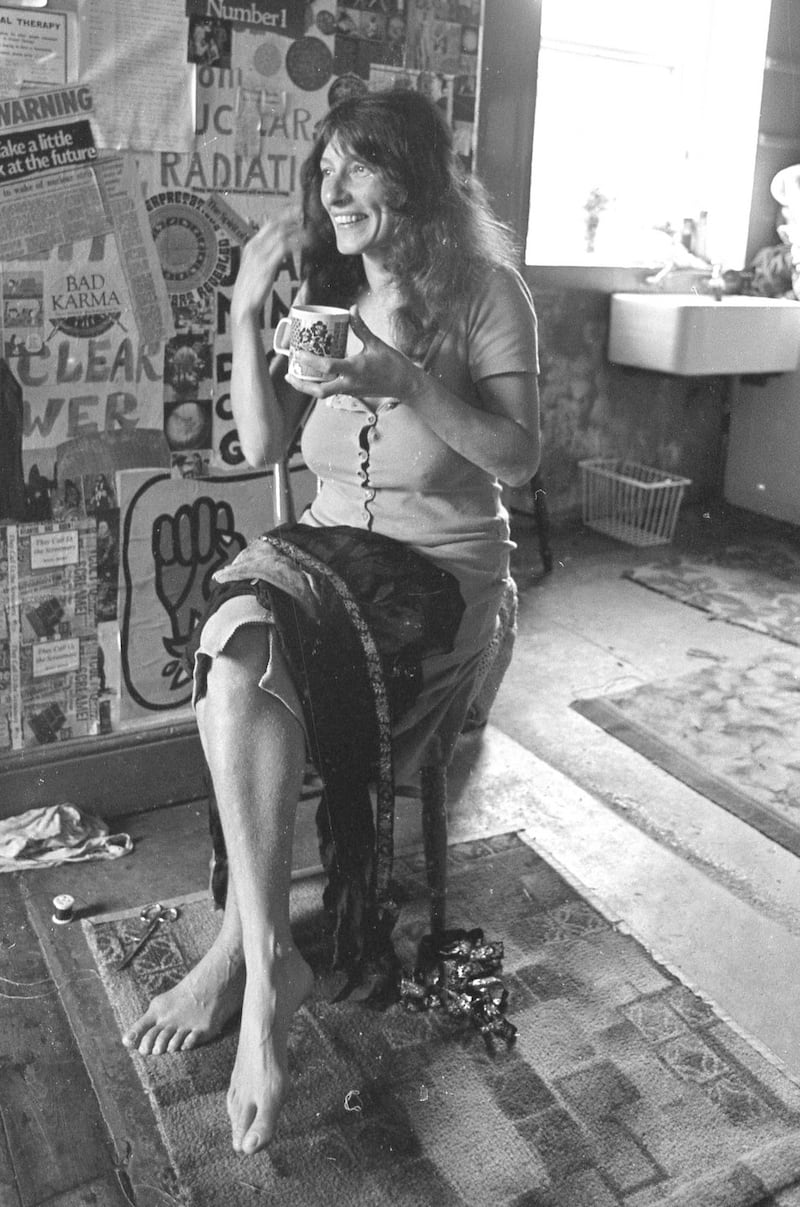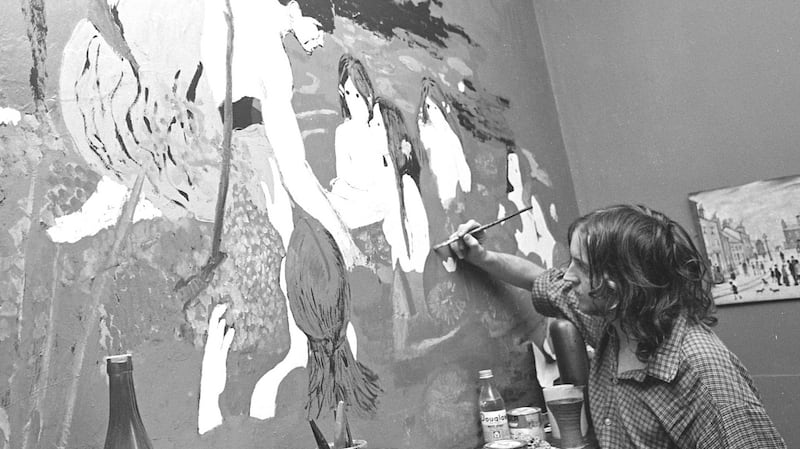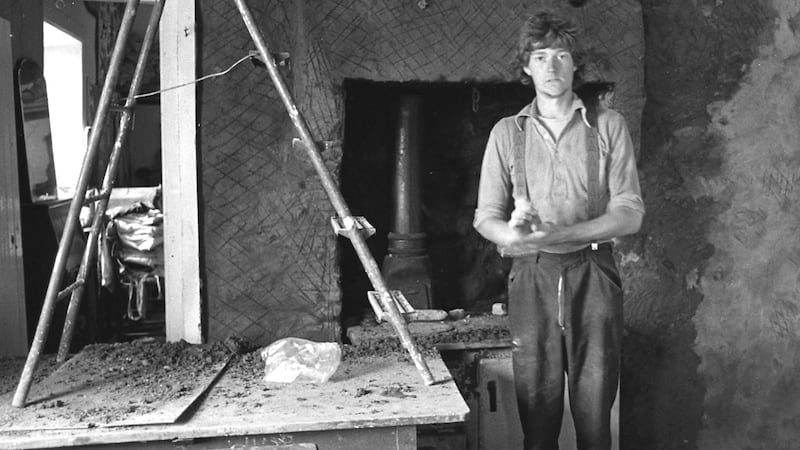Monday, January 24th, 1977
"Michael Finlan visited the group known as The Screamers and found them resisting cigarettes, aspirin, conventional social values; accepting one another and the fact that feelings are a fact."
This captivating subheading appeared in The Irish Times in January, 1977. Finlan was visiting Burtonport in northwest Donegal, home to a group of people dubbed The Screamers, who were attracting an increasing amount of press. The large house where they lived, up a short gravel path to wide steps that led to the front door, had "daubed in large red and black letters over the doorway, Atlantis". On the front and sides of the house, there were painted astrological signs and yin-yang symbols.
Various hippy groups and communes operated in Ireland in the 1970s. The Screamers were part of a commune culture, waning in the US, but still cropping up in Ireland and Britain. "The commune dwellers are, in the popular phrase, dropouts from society because, among other things, they have found society pathetically wanting and more than a little hypocritical and unreal," Finlan wrote.
Primal therapy, including screaming, was part of the The Screamers’ lifestyle, “rooted in the satisfying of emotional needs . . . The screams express anger and frustration. There is also unrestrained weeping in pouring out sorrow, and of course, laughter, because the people in Atlantis find much to laugh at all around them.”


Finlan met the woman in charge of the commune, Gillian Tomlinson (30), a teacher from Wiltshire. “Everyone is taught that big boys don’t cry and that nice girls aren’t loud,” Tomlinson told the reporter, “but it just so happens that very big boys, whether they’re 10 or 20 or 30 or 90 years old, sometimes screw themselves up not to show what they are feeling and this quite literally makes them ill. It is also obvious that even the nicest girls will sometimes have cause to get blazingly angry and that acting meek and mild means choking back, it means swelling yourself and this too makes you very ill indeed.” Repression of emotions was the enemy. Let it all out.
The founder of the commune, Jenny James, came to Ireland in 1974. She bought the house in Burtonport for £12,000 with the help of loans from friends which she then paid back. She moved into this house with her daughter Becky the same year, “They were joined by other like souls and there was a great coming and going in the house, sometimes brimming over with 30 or more people and at other times with only five or six around.”
A downstairs room (with double-glazed windows) was reserved for screaming. Finlan described drapes canopying from the ceiling, and covering the walls, with knee-deep luxurious cushions on the floor and “obese pouffes”.
The commune had recently rented three cottages on Inishfree, as well as some land to graze goats and cows. As a vegetarian commune, they also grew all their own vegetables. The overall picture Finlan painted was rather virtuous, despite rumours flying around the community, leading to gardaí raiding the house in search of illicit drugs: “The raiders confiscated cooking herbs, lavender leaves, rosebuds and verbena tea.”



In 1978, RTÉ commissioned Bob Quinn to make a documentary about The Screamers for the broadcaster's fledgling second channel. The resulting film, The Family, was deemed too disturbing for Irish audiences, and wasn't shown on Irish television until the mid-1990s.
In 1980, the commune departed Burtonport, and lived on Inishfree for a number of years before relocating to Colombia. In 2000, James's grandson, Tristan, and his Colombian friend, Javier Nova, were killed by allegedly drunken militia men, while on their way to visit Tristan's younger brother, Brendan, who had been adopted by a local family. At this time, some other members were living on a sailboat in Baltimore in Co Cork.
Atlantis popped up again in 2001, when Anne Barr, from Donegal but living in Colombia, spoke on RTÉ radio about visiting the Irish men who would become known as at the Colombia Three in Bogotá’s La Modelo prison. Barr was described in The Irish Times at the time as “a member of the Atlantis Ecological community previously known as the Screamers”.
James's daughter, Katie, went on to become a musician, performing around South America. The most recent letter published online from the commune in Colombia was written by Katie in 2007, and ended: "And then I come home to our farm and feel the silence, the peace, the fresh air and water and all the beauty surrounding me and, wearing my simple but comfortable gardening clothes, no money in my pockets and with my healthy natural body, I put my hands in the earth and think and think 'Who's to say I'm not happier?'"




















